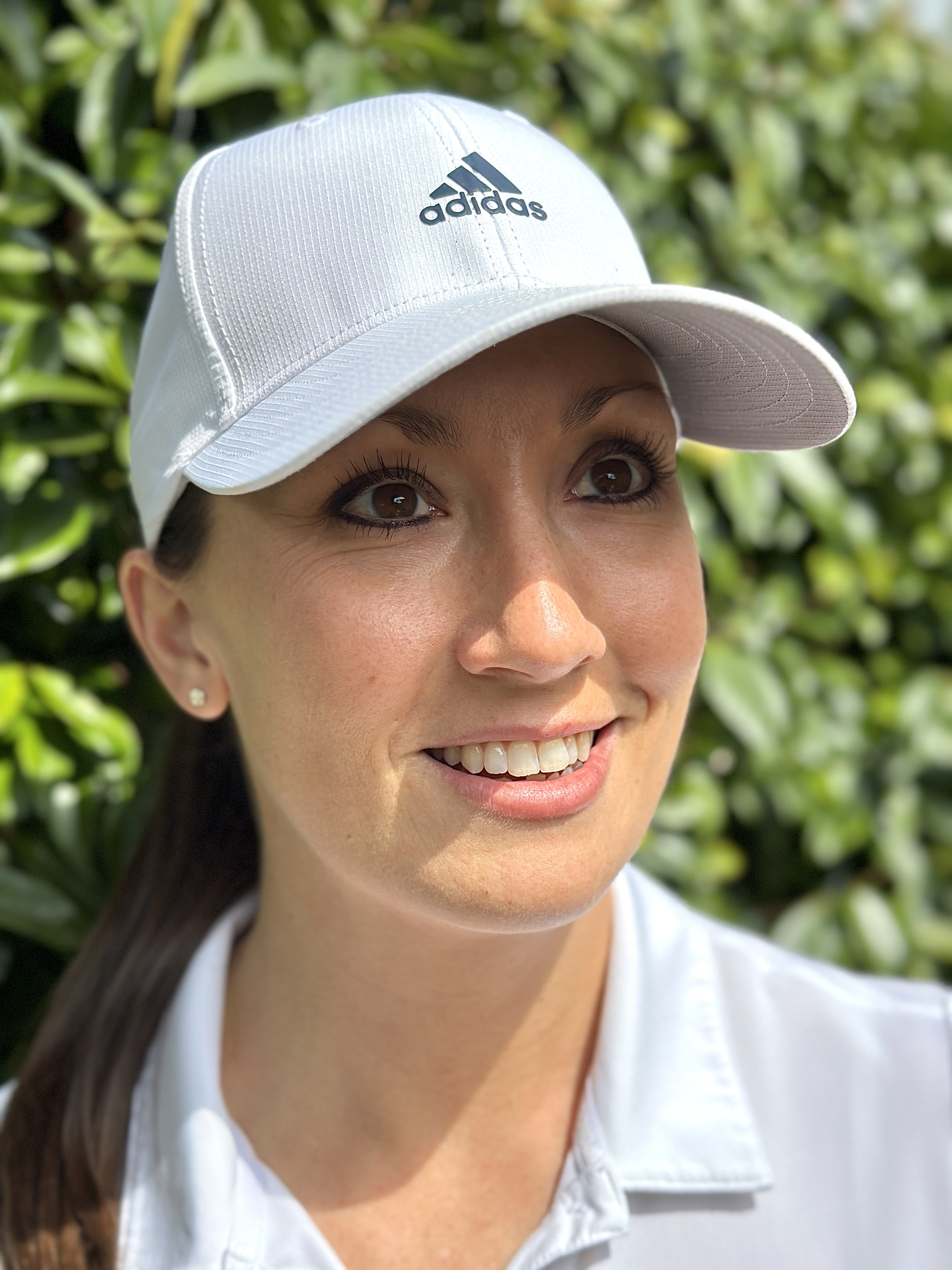'I Was Playing With The Self-Imposed Pressure Of Reaching Single Figures In A Year' – The 4 Tips That Dramatically Transformed My Perception Of Scoring On The Golf Course
Single figure golfer Jess Ratcliffe offers advice on how to stop your card from blowing up!
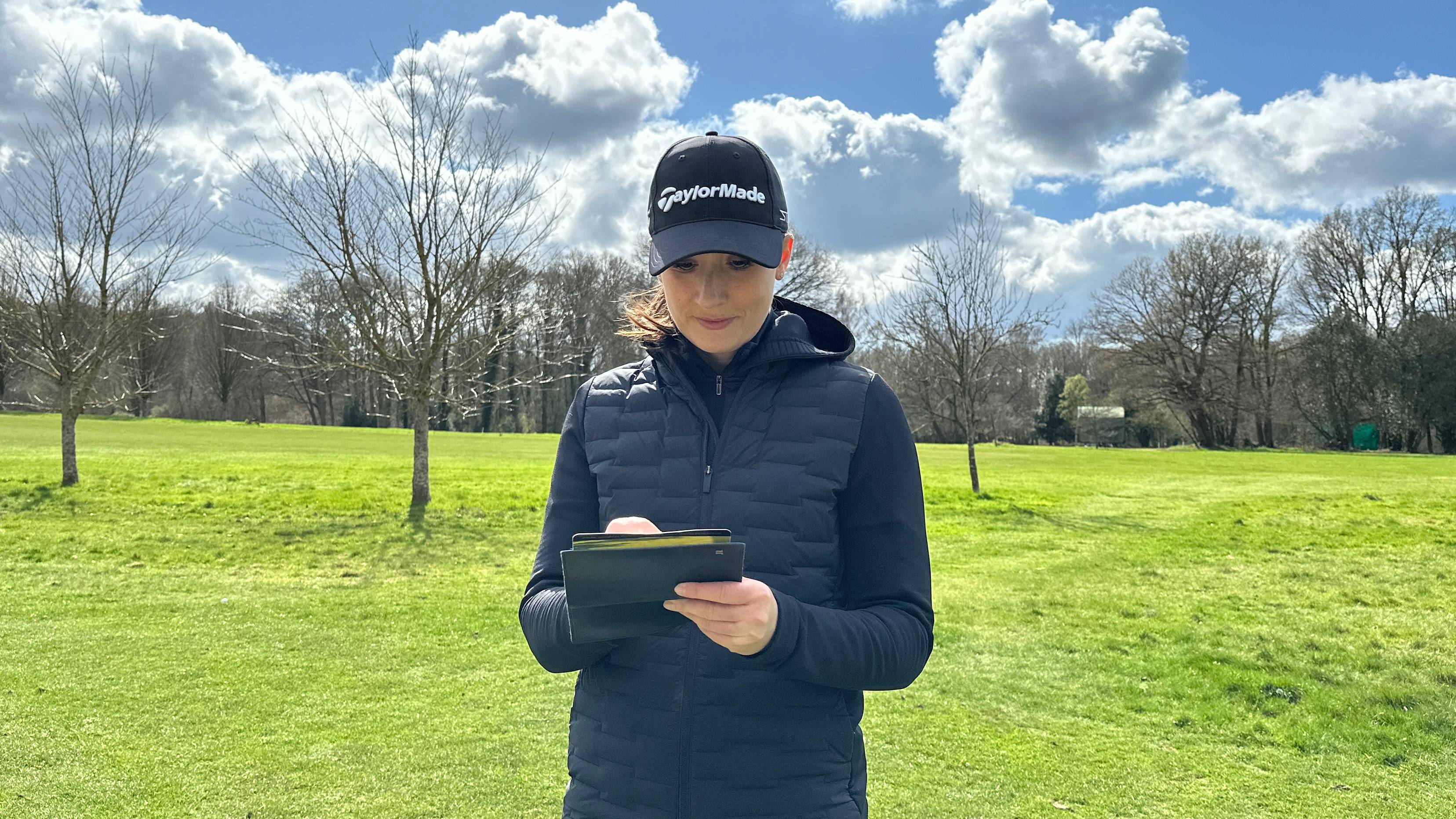

When I look back on my golf improvement journey, I wish the challenge of keeping a score going when you’ve got a card in your hand was talked about more.
Without a doubt that was one of the biggest hurdles for me – learning to surrender to the score and trust that if I focused on my process (rather than worrying about the outcome), that score would take care of itself.
Back then, when I was playing with the self-imposed pressure of getting to single figures in a year, it felt like every round came with a supercharged desire to score well and an even deeper disappointment if I didn’t.
After all, I was putting in 'all this time' practising and yet, it felt like that work would abandon me when I was on the course. And the funny thing is that most of the time, it only took one bad hole to unravel the rest of my round, when there’s so many chances to steady the ship.
Since then, I’ve put a lot of effort into my scoring mindset – building my bandwidth for playing and scoring well, so I can trust that “all that time” I’ve put into practising will pay off, rather than feel like it’s left me at the first tee.
So as we transition from winter to competition golf, I wanted to share the 4 tips that have helped me to score better under pressure, so that you can keep your round going when you’ve got a card in your hand or a big win on the line.
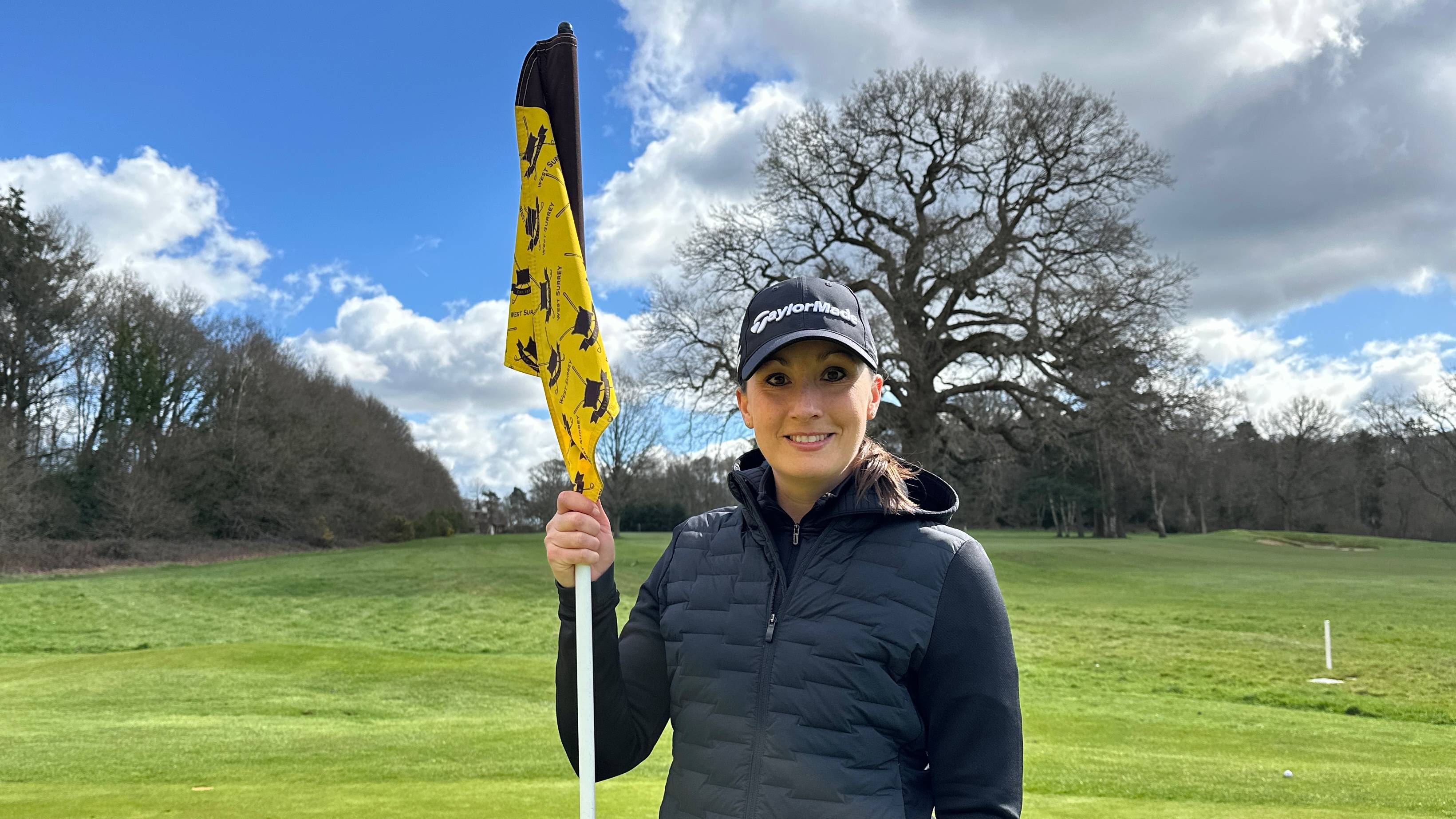
Focus On Bouncing Back Rather Than Blowing Up
There’s nothing more frustrating than a hole that gets out of hand. Maybe it’s a woods-bound tee shot that puts you on the back foot or a greenside bunker that you can’t get out of. Either way, when a hole doesn’t go as we hope, we have two choices – to let it blow up the rest of our round or do our best to bounce back.
Subscribe to the Golf Monthly newsletter to stay up to date with all the latest tour news, equipment news, reviews, head-to-heads and buyer’s guides from our team of experienced experts.
I’ve been working on my bounce-back-ability over the winter by challenging myself to play a good hole after a not-so-good one. And coincidentally…or not…I’ve had a run of following a double bogey with a birdie in my rounds. This shows me that, even if it doesn’t come off every time, when I focus on bouncing back, rather than blowing up, I can follow a bad hole with a better one.
So if you struggle with letting a bad hole go, challenge yourself to bounce back, rather than blow up, the next time you’re writing a number you’re not-so-happy with on your card.
Trust The Practice You've Put In
If you’re anything like me, my focus over the winter has been more practice than play, so as we shift into the season for competitive golf, it’s time to trust that work we’ve put in will pay off. This can be easier said than done, especially when that shot we’ve been working on or the club we’ve been getting better with goes “wrong” the first time we take it to the course.
I’ve been making a few swing changes this winter and now my challenge is trusting that work when I’m hitting one ball on the course, rather than hundreds on the range. To help me with this, I’m shifting gears from a practice to play mindset.
My practice mindset is when I’m thinking about the move I want to groove in my swing – getting the reps in. My play mindset is when I’m focusing on my target and visualising the shot I’m going to hit to get my ball there – getting my eye in.
So if you’re making the transition from practice to play and it feels like you’re overthinking things when you’re on the course, try focusing on the target you want to hit, rather than the technique that’s going to get you there.
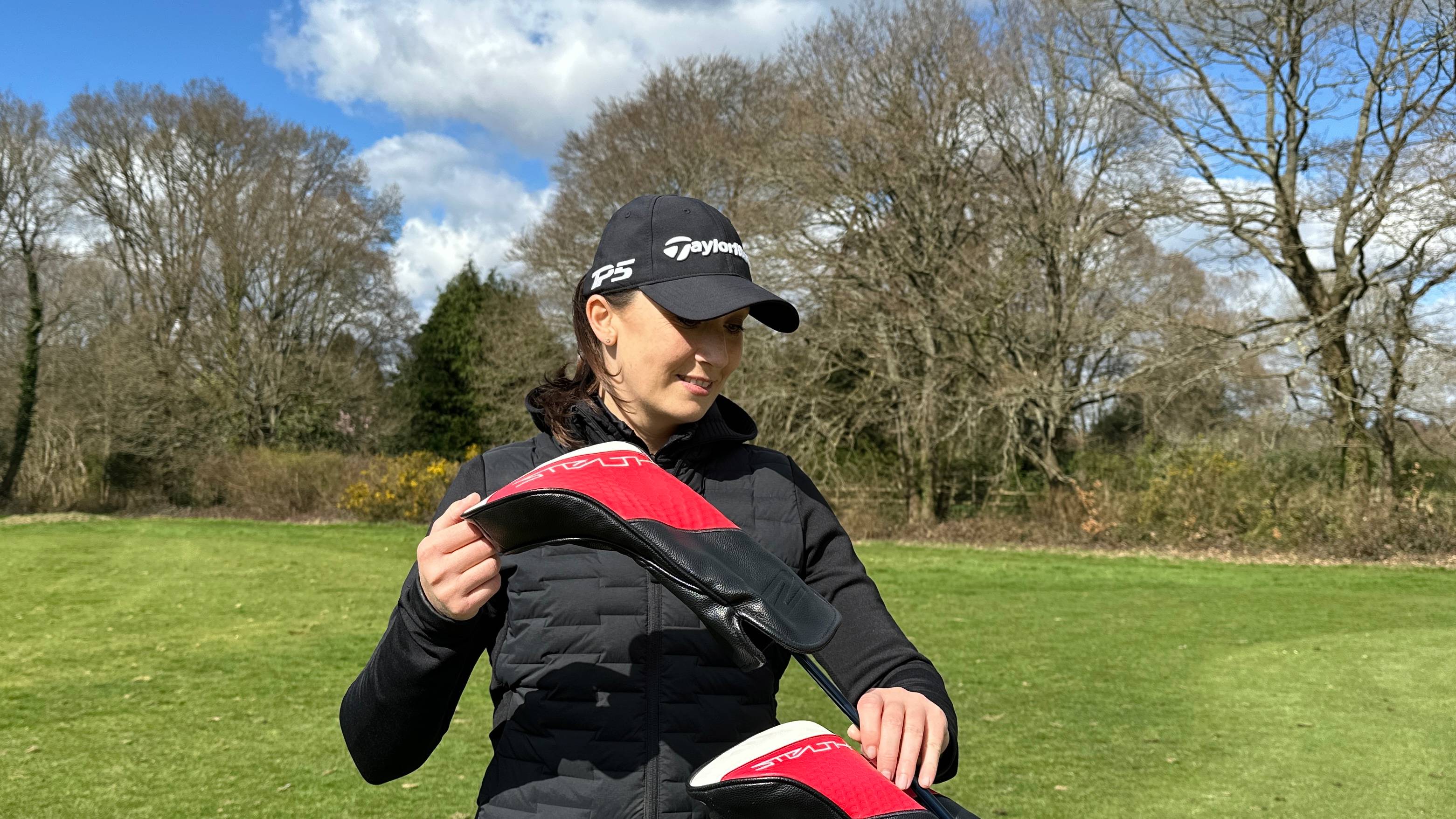
Plot Your Way Using Your Strengths
Do you ever find yourself reaching for your longest club in the bag to “make up distance” even though it will leave you with a layup yardage you don’t like? Or go for pins that bring the trouble into play, even though there’s all that green to work with.
I’ve been building my decision-making muscle when I’m on the course, by plotting my way back from the pin and doing my best to play to my strengths. For example, there’s a particular par 3 at my home course that, no matter where the pin is, I’ll always play to the back of the green because the front and middle brings the bunkers into play. And I would rather leave myself with a lengthy lag putt or chip and run at worst, than a deep greenside bunker to a tight pin.
I’ve started plotting my way back when I’m laying up too, by purposefully leaving myself with a layup yardage I love rather than one that I don’t, like a feely could-use-any-wedge kind of shot.
So if you’ve got a hole or two that always gets you in trouble, maybe your path to the pin might be different next time, by taking the trouble out of play or leaving yourself with a layup yardage you love.
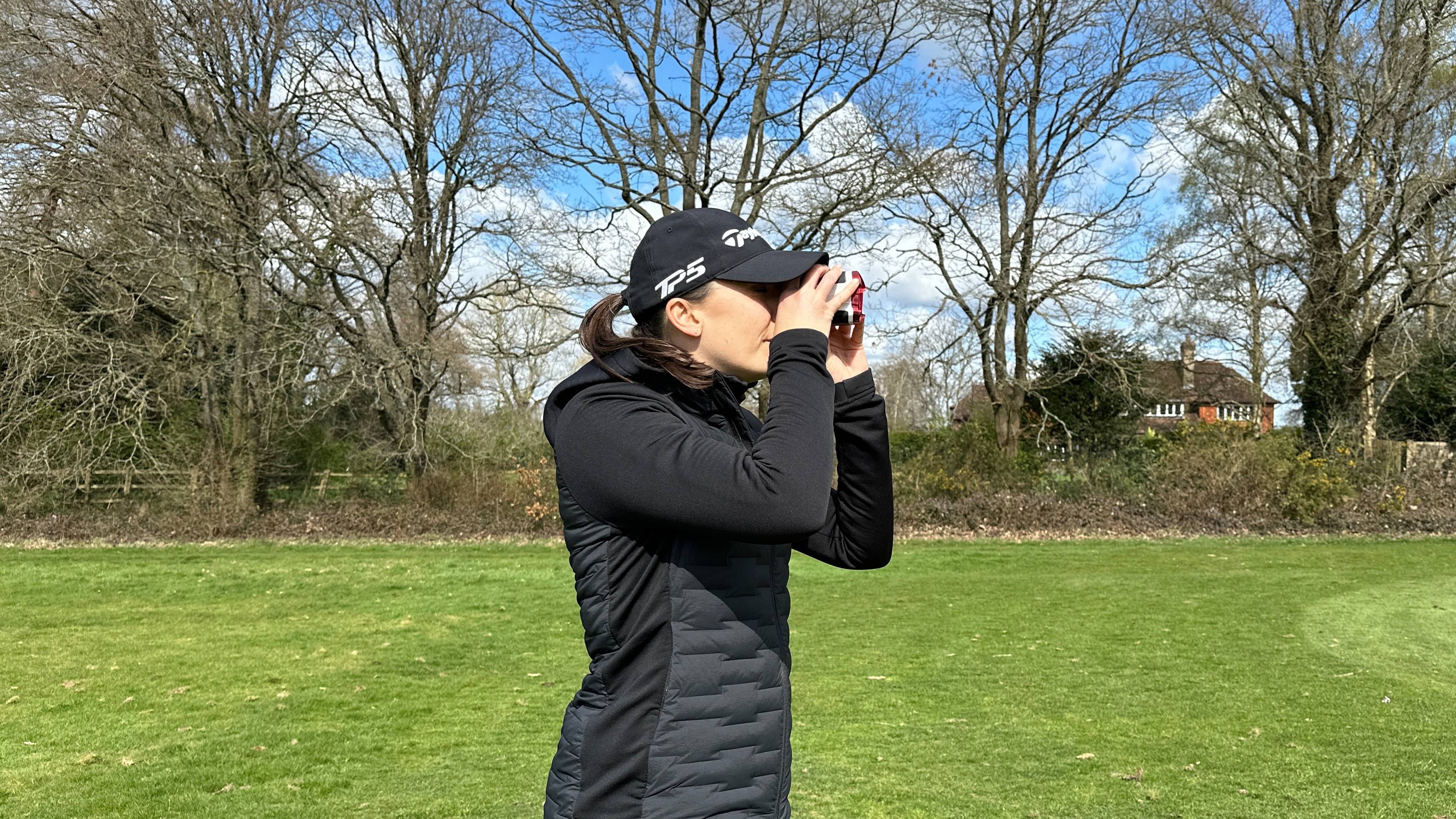
Set Yourself An On-Course Challenge
When you’ve got a card in your hand, it’s easy to focus on what that means and start to let that self-imposed pressure creep into your mind and your score. That’s why I’ve been setting myself course challenges to shift my mind away from my score and instead, set a mini-goal for my round.
For example, if I’ve been practising my putting, I’ll set myself the 'Two Putt Tops' challenge. The goal being to two putt maximum on every hole, knowing that if I can do that, I’ll make a good score (most of the time). It doesn’t mean a pesky three putt won’t creep in but it helps to focus my mind when I’m walking onto the green.
To give another example, if I’ve been working on my short game, I’ll set myself an 'Up and Down' challenge to see how many of my short game shots I can get up (onto the green) and down (into the hole).
So if you find yourself focusing too much on the fact that you’ve got a card in your hand, try setting yourself a course challenge to play a game within your game.
I would love to hear if you’ll be giving one of these tips a go. Send me a message on Instagram to let me know.
After cutting her handicap from 34 to 9 in a year, Jess Ratcliffe is documenting how she’s working on her game to get really good at golf on her YouTube channel and Instagram.
